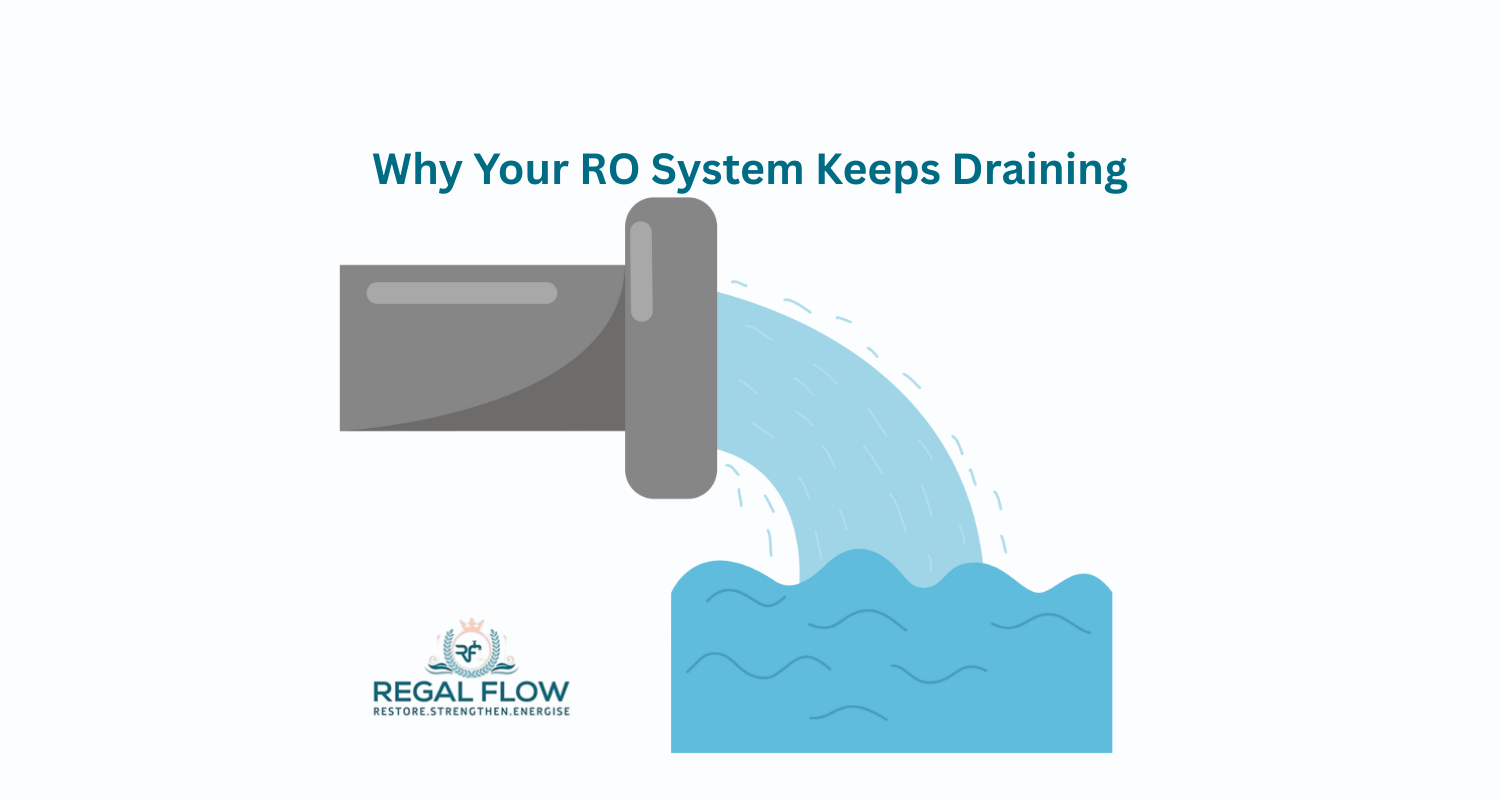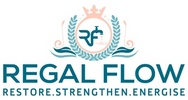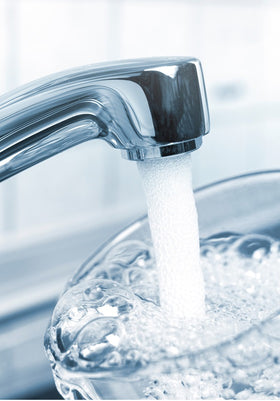
Why Does My RO System Keep Draining?
Is your Reverse Osmosis (RO) system acting like it has an unquenchable thirst? Constantly draining water can be both puzzling and wasteful. Don’t worry—it’s usually a fixable issue! In Reverse Osmosis FAQs: Answers to Common Questions, we explore the most common causes—whether you're using a countertop dispenser or a full-scale system—and show you how to resolve them quickly and easily.
Understanding Normal RO System Drainage
RO systems are clever devices that filter out impurities from your tap water, but they also expel some water as waste in the process. That’s where the drain line comes into play. The system uses this drain line to get rid of the bad stuff it filters out. However, when water is constantly draining, that’s not normal and signals something's wrong.
The Purpose of the Drain Line
The drain line’s role is simple but essential. It’s responsible for carrying away the filtered waste water that’s not needed. Without it, your RO system couldn’t maintain its efficiency. But, if your system drains non-stop, it’s a sure sign that something in the system is malfunctioning.
Typical Drainage Cycles During and After Use
Under normal circumstances, an RO system goes through cycles where water drains during the filtration process and pauses once the storage tank fills up. This helps maintain a balance between filtered and waste water. When the system is draining continuously, though, it’s like your RO system is stuck in a loop.
Common Reasons for Continuous RO System Drainage
There are a few culprits that commonly cause an RO system to drain continuously. Let’s take a look at the most likely offenders and see what might be going wrong.
Faulty Drain Saddle Valve
The drain saddle valve connects your RO system to the drain line, making sure water flows properly. If this valve isn’t working correctly, it can fail to shut off, causing water to flow continuously down the drain. It’s a small part, but it’s crucial to getting things back to normal.
Defective Check Valve
This little hero prevents water from flowing backward into the RO system once it’s been filtered. If the check valve is defective, water can reverse course, causing a non-stop draining issue. A faulty check valve is one of the top suspects when you hear water running constantly.
Malfunctioning Auto Shut-Off Valve (ASO Valve)
The ASO valve’s job is to stop the water flow when the storage tank is full. If this valve fails, the water won’t stop draining, no matter how much water is in the tank. So, when you hear water running after the tank should be full, it’s a clear sign that the ASO valve might be the problem.
Issues with the Faucet or Air Gap
If your system uses a faucet with an air gap, this can also lead to drainage issues. The air gap prevents waste water from flowing back into the system, but if it gets clogged or damaged, it can cause a continuous drainage problem. Be sure to check this area for any blockages or faults.
Blockages or Restrictions in the Drain Line
Sometimes the issue can be something as simple as a blockage in the drain line. If the line becomes clogged or restricted, water may not be able to flow properly, leading to drainage issues. A quick inspection might reveal a simple solution.
Diagnosing the Cause of Constant Drainage
Now that you know some of the possible causes, it’s time to investigate. Here’s how you can diagnose what’s going wrong with your RO system.
Visually Inspecting the Drain Line and Connections
Start by visually checking the drain line for any obvious problems. Look for leaks, loose connections, or any places where the line might be blocked. Even a small kink or blockage could cause drainage problems.
Listening for Continuous Water Flow
If you can hear water running constantly, that’s a good indication that something’s wrong. This sound typically means the ASO valve, check valve, or another part of the system is malfunctioning.
Checking the ASO Valve Functionality
The ASO valve should stop water flow when the storage tank is full. If it’s not working, you’ll continue to hear water running. Try to inspect the valve by turning off the system and seeing if the water flow stops when the tank is full.
Examining the Faucet and Air Gap (if applicable)
If your system has a faucet with an air gap, check it carefully. Look for any signs of clogs or damage that could be affecting its function. Cleaning or replacing these parts might be the solution you need.
Troubleshooting and Fixing the Drainage Issue
Once you’ve identified the cause of the issue, it’s time to fix it. Let’s walk through how to tackle the problem step by step.
How to Check and Replace the Drain Saddle Valve
To check the drain saddle valve, make sure it’s securely attached and functioning properly. If it’s damaged or malfunctioning, you’ll need to replace it. Turn off the water supply, remove the faulty valve, and install a new one. It’s a straightforward fix that can make a big difference.
Testing and Replacing the Check Valve
If the check valve is defective, it’ll need to be replaced. To test it, ensure no water is flowing back into the system. If you do find water flowing backward, it’s time to remove the old valve and put in a new one. This is a crucial fix to prevent endless draining.
How to Troubleshoot and Replace the ASO Valve
The ASO valve is another potential troublemaker. To troubleshoot, check whether it’s stopping water flow when the tank is full. If it’s not working, try cleaning it or replacing it with a new one. Removing the old valve and installing a fresh one is an easy way to get your system back to normal.
Clearing Blockages in the Drain Line
A blockage in the drain line could be causing the drainage issues. Disconnect the drain line and check for any obstructions or kinks. Clear out any debris and ensure the line is free-flowing. It’s a simple yet effective fix to restore your system’s balance.
Addressing Faucet and Air Gap Problems
For faucet or air gap problems, clean the parts thoroughly to remove any clogs. If the problem persists, you may need to replace the faucet or air gap assembly altogether. Once fixed, your system should stop draining continuously.
When to Call a Professional for RO System Repair
Sometimes, a DIY approach might not be enough. If you’re struggling to fix the issue yourself, or if the problem keeps coming back, it may be time to call in the experts.
If You're Uncomfortable with DIY Repairs
If you're not confident in your ability to handle the repairs, it's best to get a professional involved. Making the wrong adjustments can cause more harm than good, so don’t hesitate to call a technician if you’re unsure.
If the Issue Persists After Troubleshooting
If you’ve tried all the troubleshooting steps and the problem continues, it’s a sign that the issue might be more complex. A professional will have the right tools and knowledge to diagnose and fix the problem.
Conclusion: Resolving Continuous RO System Drainage
A constantly draining RO system can be frustrating, but with a bit of investigation and the right approach, it’s usually a problem you can solve. Whether it's replacing a faulty valve or clearing a blocked drain line, staying on top of maintenance will ensure your RO system keeps running smoothly. By following these troubleshooting steps, you’ll be able to enjoy fresh, filtered water without the waste!
More Reverse Osmosis info we think you'll love
Are Reverse Osmosis Filters Interchangeable?
Are Reverse Osmosis Filters Universal?
Are Reverse Osmosis Systems Safe?
Are Reverse Osmosis Systems Worth It?
Can Reverse Osmosis Water Cause Constipation?
Can Reverse Osmosis Water Cause Diarrhoea?
Can Reverse Osmosis Water Dehydrate You?
Is Reverse Osmosis Water Bad for your Health?
Why is Reverse Osmosis Water Good for You?
Why do Reverse Osmosis Systems Waste Water?
Why is my Reverse Osmosis System Leaking?



Leave a comment